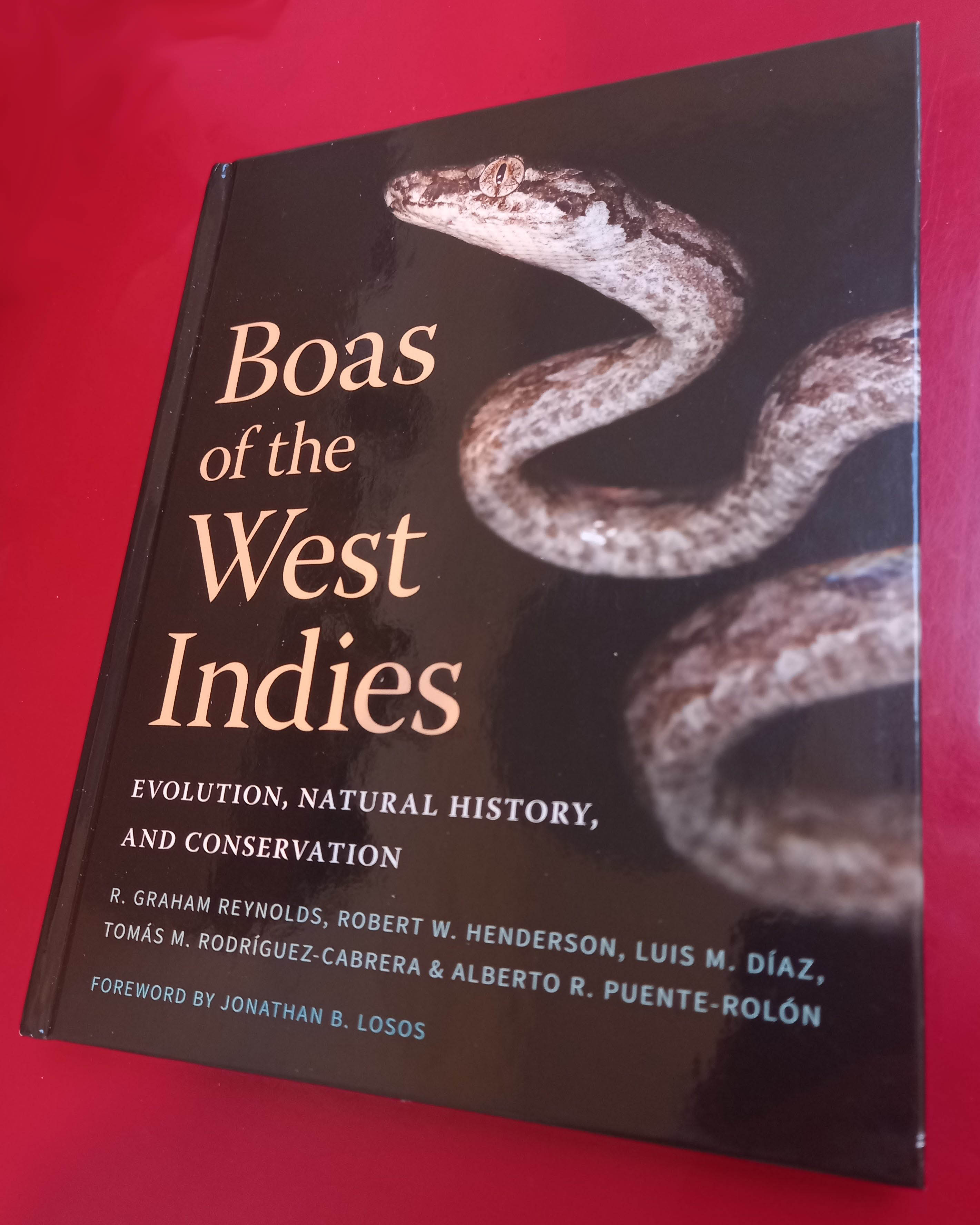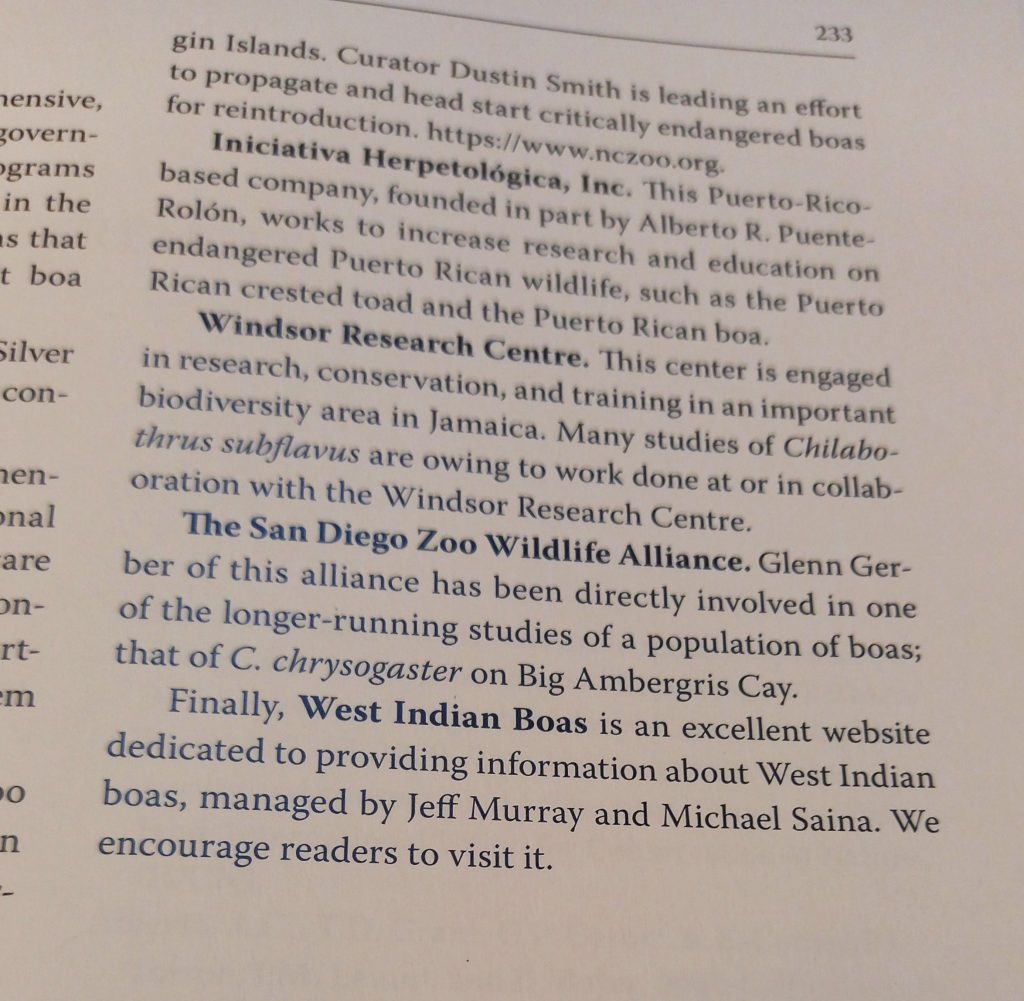The European Association of Zoos and Aquariums (EAZA) is one of the leading Zoo Associations of the world. According to it’s website, EAZA’s mission is to facilitate cooperation within the European zoo and aquarium community towards the goals of education, research and conservation.
We were invited by Michel Ansermet (Director of the Aquatis Lausanne, Switzerland) and Guido Westhoff (Head Curator, Tierpark Hagenbeck, Hamburg, Germany), to give a short talk about our conservation initiative during the EAZA Reptile & Amphibian TAG meeting (held from March 7th to March 11th). This meeting was a great honor to take part in and it was amazing to hear about zoo reptile keeping successes as well as the challenges the professional community faces.
It was especially interesting to see so many research and conservation projects – many of them very successful – performed in various reptile species. From the the implementation of IUCN’s “One Plan Approach” in South East Asia to protect turtles to the assisted reproduction of Orlitia borneensis in the Gdansk Zoo. From Investigating movement, distribution, abundance and diet of the Salt Water crocodile in Australia to the Orinoco crocodile repatriation in Venezuela. From novel insights of wild living Varanus salvadorii to a conservation initiative, The Kimboza Forest Gecko Project. Each of the the talks was highly interesting, scientifically sound and very well crafted.
We had the great honor to give the first talk on the snake session (day four). Our talk was entitled: Before it’s too late – a conservation initiative for West Indian boas. Our aim was/is to encourage zoos to take some species of West Indian boas into their programs, since the West Indies are underrepresented in zoological reptile collections.
After the talk we received very positive feedback and were happy to have made some new contacts. However, none of the institutions present at the meeting vocalized a will to open their collection to West Indian boa herpetofauna. Our collaboration initiative is still open and we welcome any scientifically led zoo to collaborate with us on a non-commercial basis. We hope that conservation initiatives will realize that the conservation of one of the top biodiversity hotspots of the world deserves more attention than it currently receives.
The problem at this point is resource partitioning in zoos. Conservation is currently in need of many helping hands and funds, while zoos have only a limited amount of space and resources. These must be used wisely to have the biggest possible impact. To put it into perspective though, out of 6 studbooks for snakes, two exist for West Indian boa species: Chilabothrus angulifer (EAZA) and Chilabothrus subflavus (AZA). While we are happy about this in general, we remark that both species are much less threatened than many of the Hispaniolan Chilabothrus taxa. Chilabothrus subflavus is bred in increasing numbers in the US and Europe by private breeders and zoos alike. We would very much like to see an increase in the number of species on display in Public and Private zoos.
Here is our shout out: Every zoo that displays a Burmese python or a Green Anaconda, think about replacing it with several West Indian boa species. Every corn snake can be replaced by a small West Indian boa, every Boa constrictor can be replaced by a Boa orophias or B. nebulosa, etc. This would have a tremendous impact on the visibility of this fragile ecosystem, which it sorely needs.
Citations
{2129430:JNRLUMNK}
apa
author
asc
no
15598 %7B%22status%22%3A%22success%22%2C%22updateneeded%22%3Afalse%2C%22instance%22%3A%22zotpress-e15968b11016885feb8c823442801833%22%2C%22meta%22%3A%7B%22request_last%22%3A0%2C%22request_next%22%3A0%2C%22used_cache%22%3Atrue%7D%2C%22data%22%3A%5B%7B%22key%22%3A%22JNRLUMNK%22%2C%22library%22%3A%7B%22id%22%3A2129430%7D%2C%22meta%22%3A%7B%22creatorSummary%22%3A%22Myers%20et%20al.%22%2C%22parsedDate%22%3A%222000%22%2C%22numChildren%22%3A1%7D%2C%22bib%22%3A%22%3Cdiv%20class%3D%5C%22csl-bib-body%5C%22%20style%3D%5C%22line-height%3A%202%3B%20padding-left%3A%201em%3B%20text-indent%3A-1em%3B%5C%22%3E%5Cn%20%20%3Cdiv%20class%3D%5C%22csl-entry%5C%22%3EMyers%2C%20N.%2C%20Mittermeier%2C%20R.%20A.%2C%20Mittermeier%2C%20C.%20G.%2C%20da%20Fonseca%2C%20G.%20A.%20B.%2C%20%26amp%3B%20Kent%2C%20J.%20%282000%29.%20Biodiversity%20hotspots%20for%20conservation%20priorities.%20%3Ci%3ENature%3C%5C%2Fi%3E%2C%20%3Ci%3E403%3C%5C%2Fi%3E%286772%29%2C%20853%26%23x2013%3B858.%20%3Ca%20href%3D%27https%3A%5C%2F%5C%2Fdoi.org%5C%2F10.1038%5C%2F35002501%27%3Ehttps%3A%5C%2F%5C%2Fdoi.org%5C%2F10.1038%5C%2F35002501%3C%5C%2Fa%3E%3C%5C%2Fdiv%3E%5Cn%3C%5C%2Fdiv%3E%22%2C%22data%22%3A%7B%22itemType%22%3A%22journalArticle%22%2C%22title%22%3A%22Biodiversity%20hotspots%20for%20conservation%20priorities%22%2C%22creators%22%3A%5B%7B%22creatorType%22%3A%22author%22%2C%22firstName%22%3A%22Norman%22%2C%22lastName%22%3A%22Myers%22%7D%2C%7B%22creatorType%22%3A%22author%22%2C%22firstName%22%3A%22Russell%20A.%22%2C%22lastName%22%3A%22Mittermeier%22%7D%2C%7B%22creatorType%22%3A%22author%22%2C%22firstName%22%3A%22Cristina%20G.%22%2C%22lastName%22%3A%22Mittermeier%22%7D%2C%7B%22creatorType%22%3A%22author%22%2C%22firstName%22%3A%22Gustavo%20A.%20B.%22%2C%22lastName%22%3A%22da%20Fonseca%22%7D%2C%7B%22creatorType%22%3A%22author%22%2C%22firstName%22%3A%22Jennifer%22%2C%22lastName%22%3A%22Kent%22%7D%5D%2C%22abstractNote%22%3A%22%22%2C%22date%22%3A%222%5C%2F2000%22%2C%22language%22%3A%22en%22%2C%22DOI%22%3A%2210.1038%5C%2F35002501%22%2C%22ISSN%22%3A%220028-0836%2C%201476-4687%22%2C%22url%22%3A%22http%3A%5C%2F%5C%2Fwww.nature.com%5C%2Farticles%5C%2F35002501%22%2C%22collections%22%3A%5B%224E2FHAKS%22%5D%2C%22dateModified%22%3A%222020-08-04T21%3A55%3A29Z%22%7D%7D%5D%7DMyers, N., Mittermeier, R. A., Mittermeier, C. G., da Fonseca, G. A. B., & Kent, J. (2000). Biodiversity hotspots for conservation priorities.
Nature,
403(6772), 853–858.
https://doi.org/10.1038/35002501


